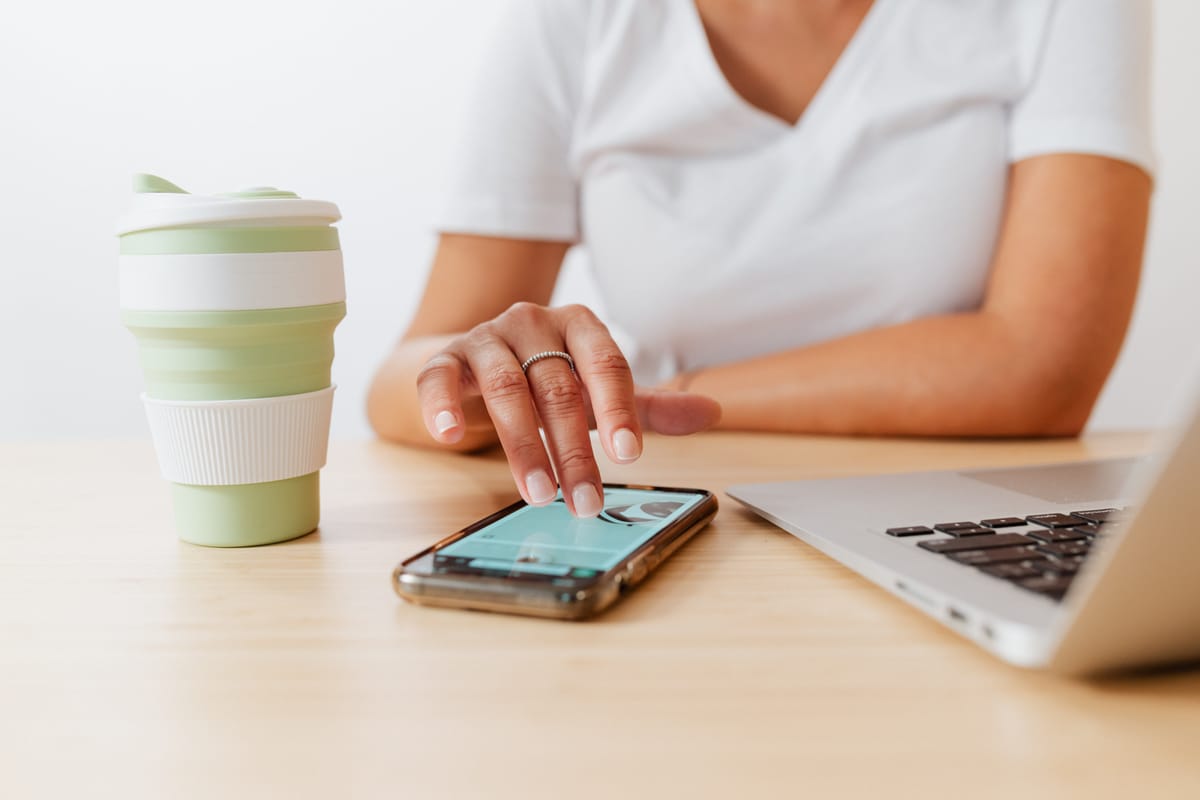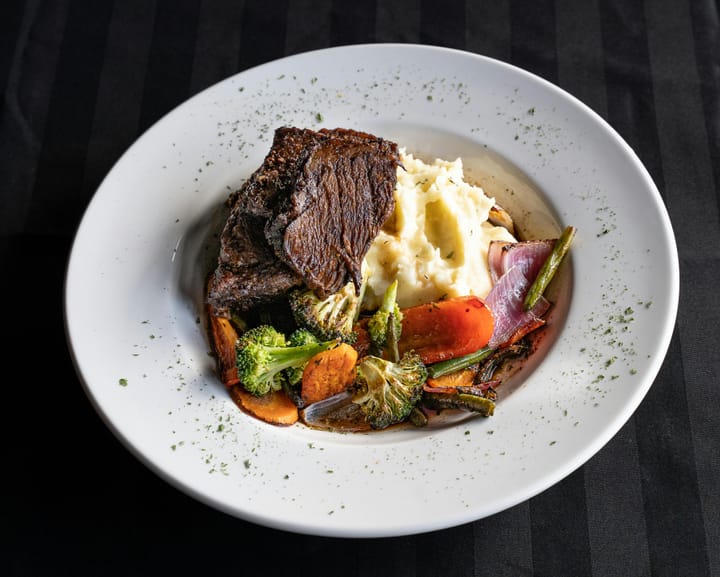The rise of the reusable cup
With the environment worsening from climate change, many of us have been looking to do what we can to lower our carbon footprint.

A few minutes every morning is all you need.
Stay up to date on the world's Headlines and Human Stories. It's fun, it's factual, it's fluff-free.
With the environment worsening from climate change, and 2024 posing to be even hotter than 2023, many of us have been looking to find ways to lower our carbon footprint, whether that means cutting down meat consumption or just trying to reduce energy usage at home.
More recently, though, there’s been an increase in awareness of the environmental impact of the paper cup. Now some are saying that just like how tote and canvas bags took over for groceries, bringing your own cup is also becoming trendy. Some believe it could end up being like the Stanley Tumbler or Hydro Flask, products that have seen their sales skyrocket after finding their places in the heart of Zoomers who TikTok about them.
@vincentmarcus Camped out at Target for the new viral pink Starbucks Stanley cup thing for my kiddo. Ridiculous? Yes. Fun? Also yes…😜#StanleyCup ♬ original sound - VincentMarcus
Before we go into it, though, why are paper cups environmentally harmful? Well, aside from being single-use and production being quite resource-intensive, paper cups often have a plastic lining known as polyethylene that needs to be removed before recycling. While this helps the cup keep contents inside warm, it creates a barrier to efficient recycling processes, which, as you’d expect, adds to the environmental harm.
Up to now, the bring-your-own-cup trend has mostly been limited to independent coffee shops, but with coffee powerhouse Starbucks aiming to reduce its waste by half by 2030, it’s also hopped on the trend. With that, since January 3, you can bring your own reusable cups for takeaway beverages in select stores in Asia, Europe and North America. Disposable cups won’t go away, but if you bring your own cup, you’ll get a small discount. “At Starbucks, we envision a future where every beverage can be served in a reusable cup,” said Michael Kobori, Starbucks chief sustainability officer.
Some believe there may still be some barriers to adoption, though. Aside from likely forgetting to actually bring the cup when you leave the office or work, especially at the start, it could also potentially take longer to fulfill orders because of the lack of standardization in cups. With this, there may be more hesitation to make the switch.




Comments ()